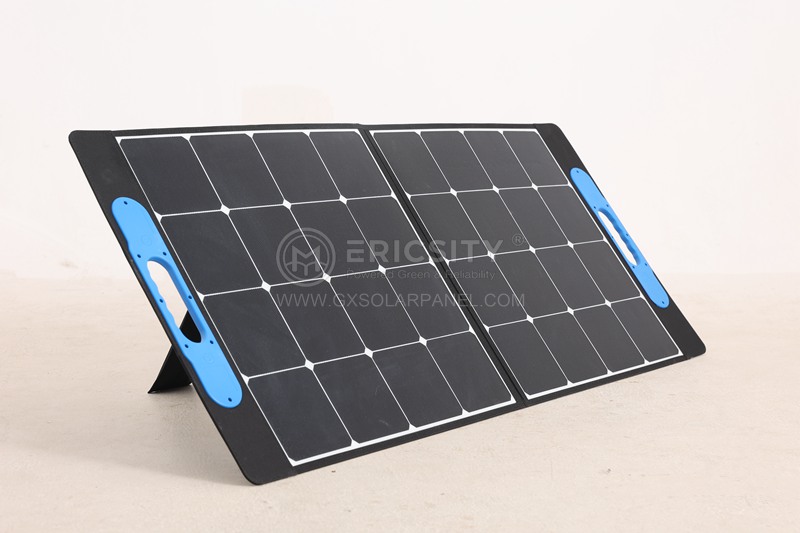HOT PRODUCT
Product Details
semi-flexible Solar Panels: A Sustainable Path To Prosperity
Semi-Flexible Solar Panels: A Sustainable Path To Prosperity
The quest for sustainable and renewable energy sources has been gaining momentum in recent years. As concerns about climate change and carbon emissions continue to mount, governments, businesses, and individuals are seeking environmentally-friendly alternatives. One such alternative that holds significant promise is semi-flexible solar panels. These innovative panels combine efficiency, versatility, and durability, making them a sustainable path to prosperity in the energy sector.
Traditional solar panels have long been a staple of renewable energy production. However, they have typically been rigid and bulky, limiting their applications. Semi-flexible solar panels, on the other hand, introduce a new paradigm. These panels are made from thin, flexible materials such as polymers or thin-film solar cells. This flexibility opens up a world of possibilities for their integration into various surfaces and structures, greatly expanding their potential uses.

One of the key advantages of semi-flexible solar panels is their ability to conform to curved surfaces. Unlike their rigid counterparts, these panels can easily be installed on irregular, non-flat surfaces such as vehicle roofs, tents, or even clothing. This opens up exciting opportunities for mobile power generation, allowing for off-grid electricity generation wherever these panels can be deployed. From powering electric vehicles to providing electricity during outdoor activities, semi-flexible solar panels provide a sustainable solution for energy needs on the go.

Another significant advantage of semi-flexible panels is their lightweight and durable nature. Traditional solar panels usually require a robust and heavy framework for support, limiting their transportability and ease of installation. In contrast, semi-flexible panels can be easily rolled or folded, making them highly portable and adaptable to different environments. Furthermore, their lightweight design reduces the material required for installation, resulting in lower costs and faster installation times.
The versatility of semi-flexible solar panels knows no bounds. Their flexible and lightweight characteristics make them ideal for integration into building materials, such as roofing or facades. These panels can seamlessly blend into the architecture, transforming buildings into mini power plants. In addition to generating clean energy, the integrated panels can also provide insulation and reduce the overall energy consumption of the building. This integration allows for sustainable energy generation without compromising aesthetics or functionality.
The application of semi-flexible solar panels extends beyond individual buildings. Large-scale infrastructure projects, such as highways or bridges, can also benefit from this technology. By implementing semi-flexible panels into road surfaces or bridge decks, these structures can generate power from the sun while retaining their primary function. These integrated solar panels can help offset energy demands, reduce reliance on traditional power sources, and contribute to a greener and more sustainable future.
Furthermore, the potential economic benefits of adopting semi-flexible solar panels cannot be overstated. As the demand for renewable energy continues to rise, the solar industry is experiencing significant growth. The wide range of applications offered by these panels presents a vast market opportunity for manufacturers, installers, and service providers. This growth potential translates into job creation and economic prosperity for communities that embrace this sustainable technology. Semi-flexible solar panels have the potential to revolutionize the energy sector by fostering innovation and driving economic development.

In conclusion, semi-flexible solar panels offer a sustainable path to prosperity. Their flexibility, lightweight design, and versatile integration possibilities provide a platform for widespread adoption. From mobile power generation to architectural integration, these panels are reshaping the renewable energy landscape. Moreover, the economic and environmental advantages of using semi-flexible solar panels cannot be underestimated. As we strive for a greener future, embracing this technology will contribute to the prosperity of not only our planet but also our economies. It is time to harness the sun’s energy in a new and sustainable way with semi-flexible solar panels.




